Should people pay to access Scotland’s hills and mountains?
This was a discussion point on a recent edition of BBC Radio Scotland’s Mornings programme after it was reported that there are around 250 miles of paths needing repaired across Scotland – at an estimated cost of £250 per metre.
It’s a complicated question, but the answer should be a firm “no”.
There should never be a compulsory charge people for accessing the outdoors.
But it’s complicated in that – when you think about it – people already do pay to participate in outdoor recreation.
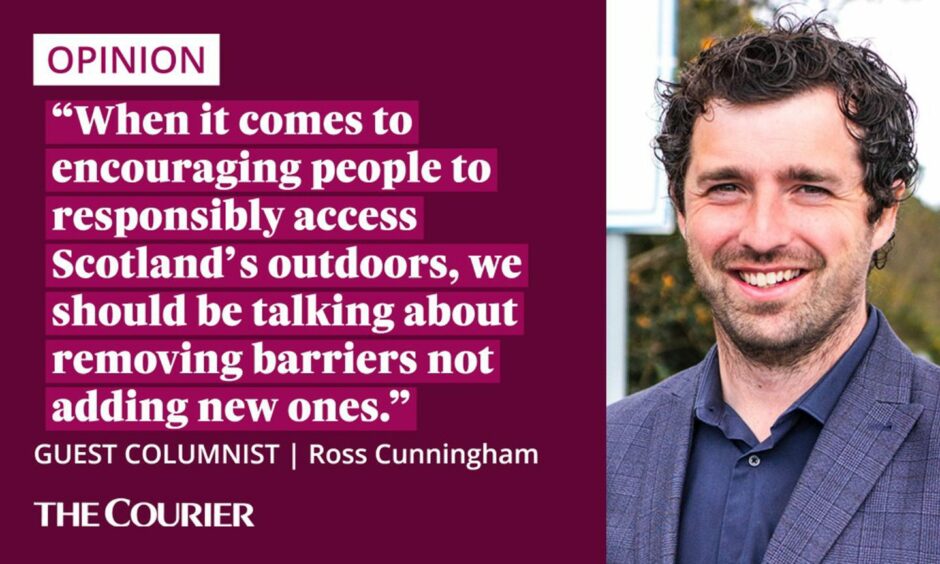
Just for starters there’s the cost of outdoor clothing and boots, and then equipment such as a bike or ice axe, depending on the activity.
Throw in maps, transport, parking costs and accommodation, depending on the distance being travelled.
Maybe you’re also paying for a tent, navigation apps and food.
And then there’s the cost of mountain guides on some occasions, plus membership fees of walking groups, or paying to take part in navigation and winter training courses.
Scotland needs fewer barriers to outdoor access, not more
A few callers to the BBC Scotland programme suggested bringing in permits so people could apply to access some outdoor areas, or introducing some sort of hillwalking levy.
But I think this is completely the wrong direction to be going in. There should never be a cost to literally accessing an outdoor area or a mountain.
It creates a barrier for people. And when you create a barrier it turns people away, particularly those least able to afford it.
Additionally, we must remember that paths aren’t there to simply allow people to enjoy the hills. They are principally there to ensure the mountain environment is protected – ensuring vegetation, wildlife and the beauty of our landscapes can be preserved for centuries to come.
I think it’s a great idea for mountain and nature charities to raise funds for mountain paths in areas most in need. It means people can donate if they can afford to do so.
But I also think there is a role for Holyrood to play in this.
Investment in paths would pay off for taxpayers
There is already a Rural Tourism Infrastructure Fund. And it’s a great example of what can be achieved through government support.
The scheme improves facilities and access to popular beauty spots. To date, it has distributed £18 million in funding to 74 projects across rural Scotland since 2018.
A similar fund – specifically to fund hill paths and administered through local authorities and in partnership with outdoor charities and organisations – would help to ensure the most urgent repairs could be made.
There would be a cost to taxpayers. But it would deliver on the investment .
The more people in Scotland reaping the mental and physical health benefits of walking, the healthier and happier Scotland will be.
And that’s not even mentioning the positive effect our hills have for the Scottish tourism industry.
When it comes to encouraging people to responsibly access Scotland’s outdoors, we should be talking about removing barriers not adding new ones.
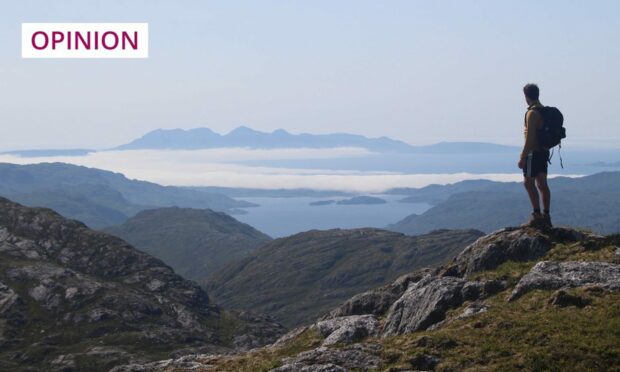
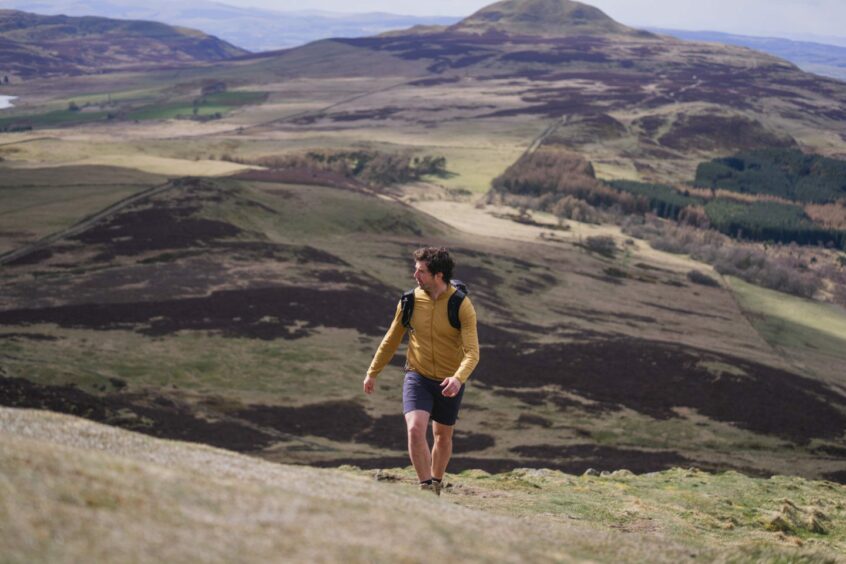
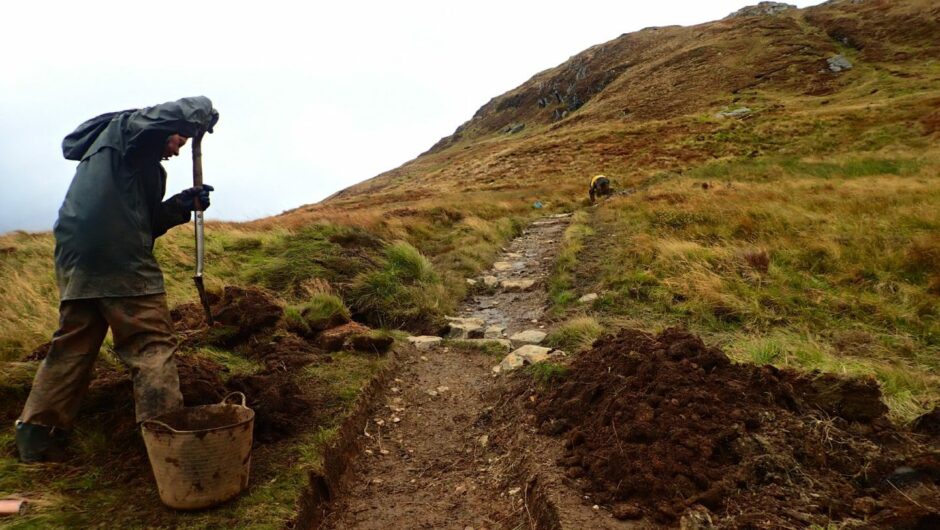
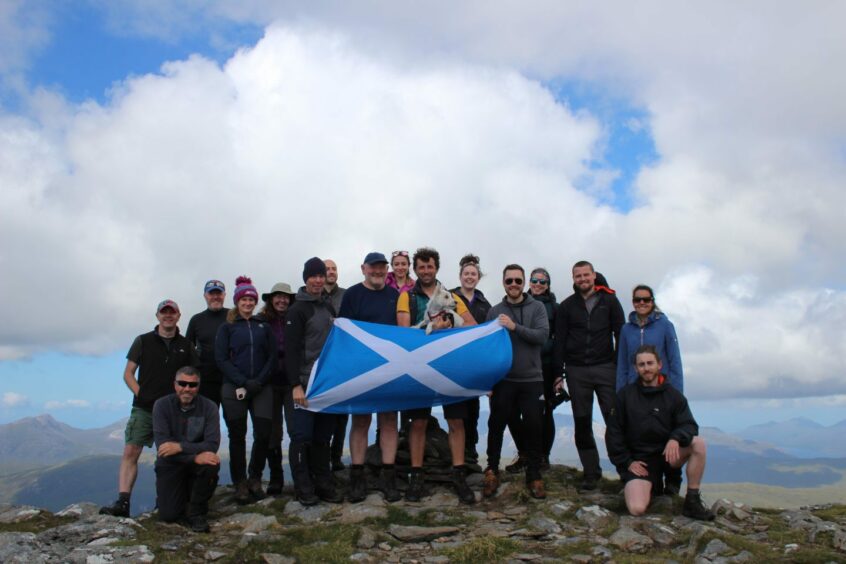









Conversation